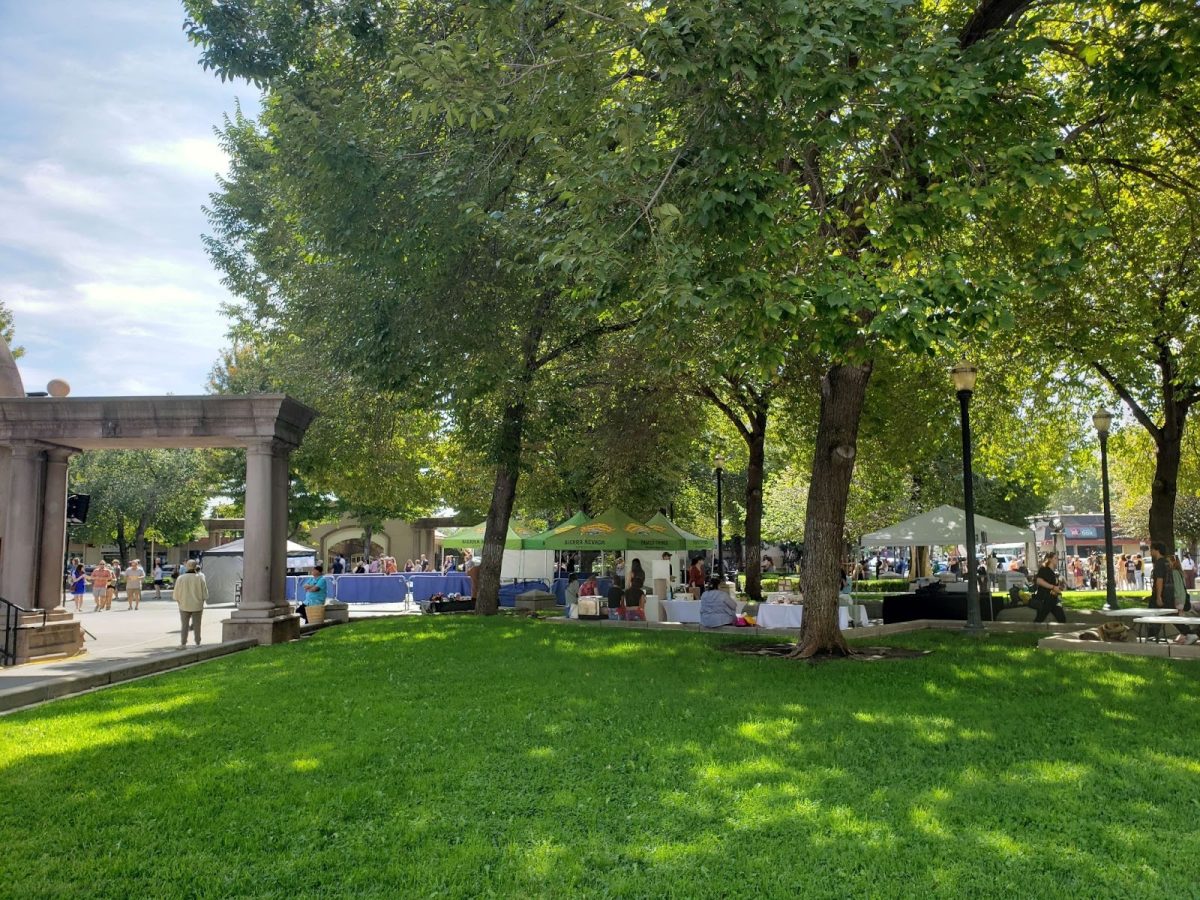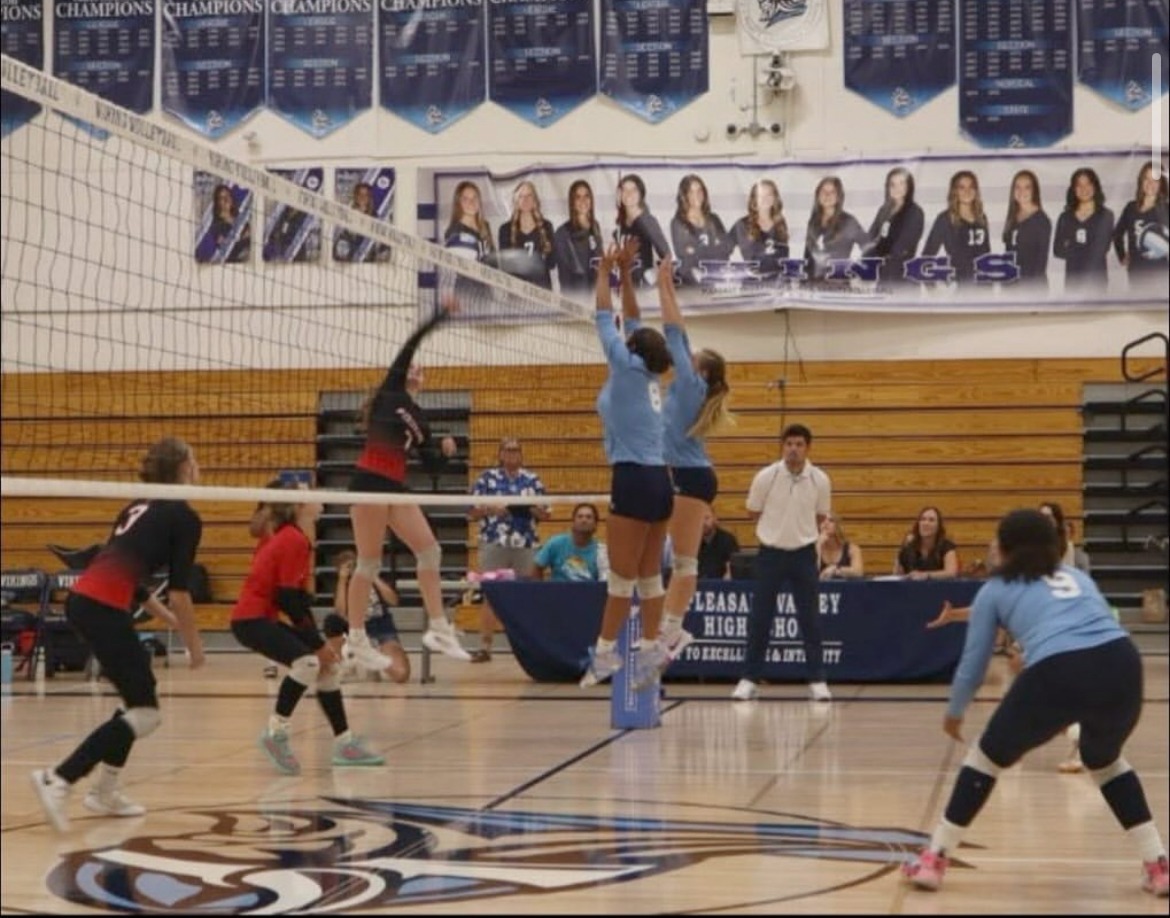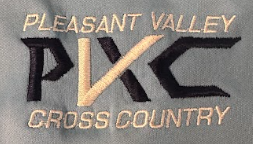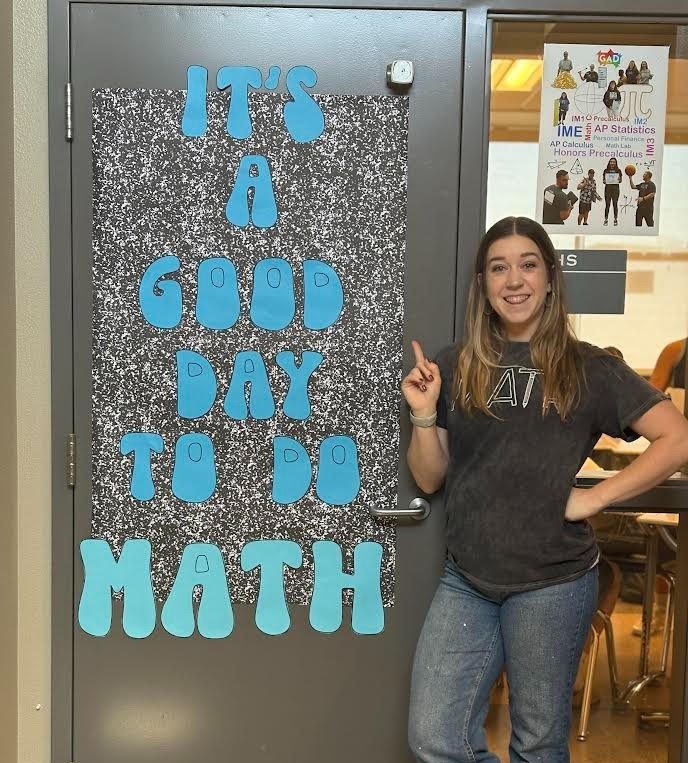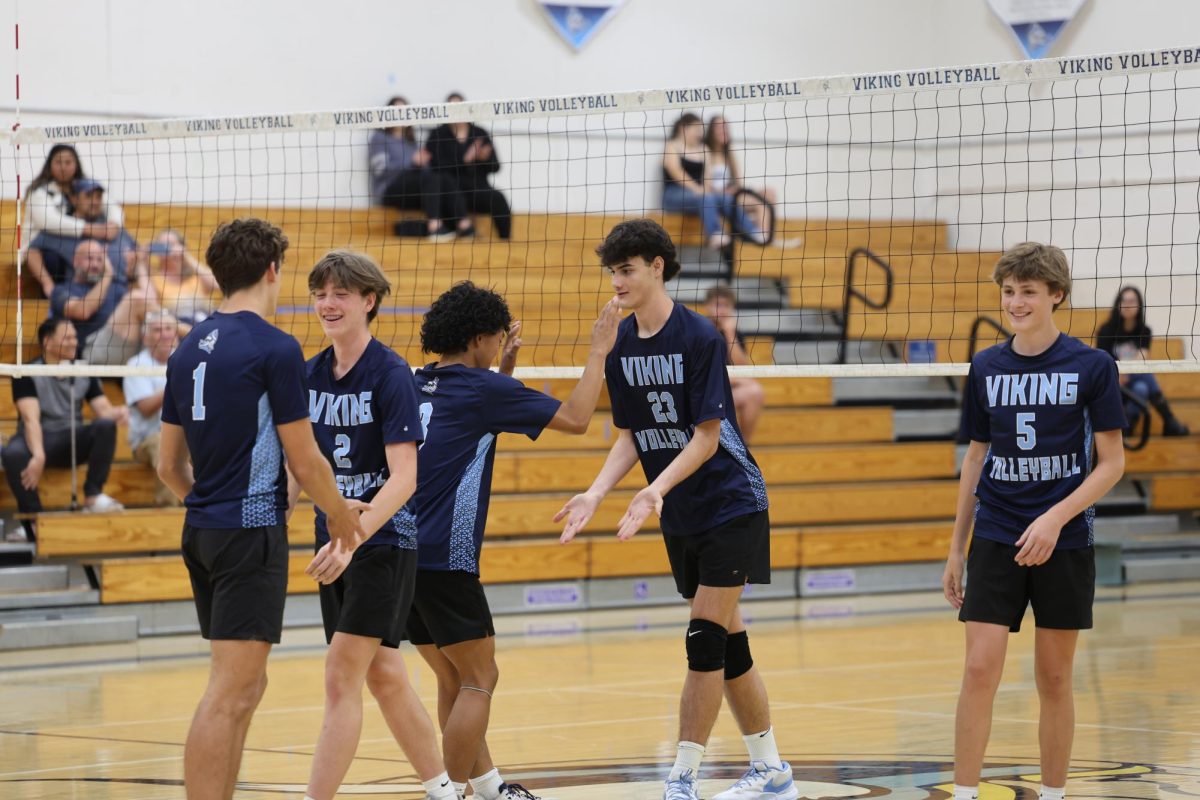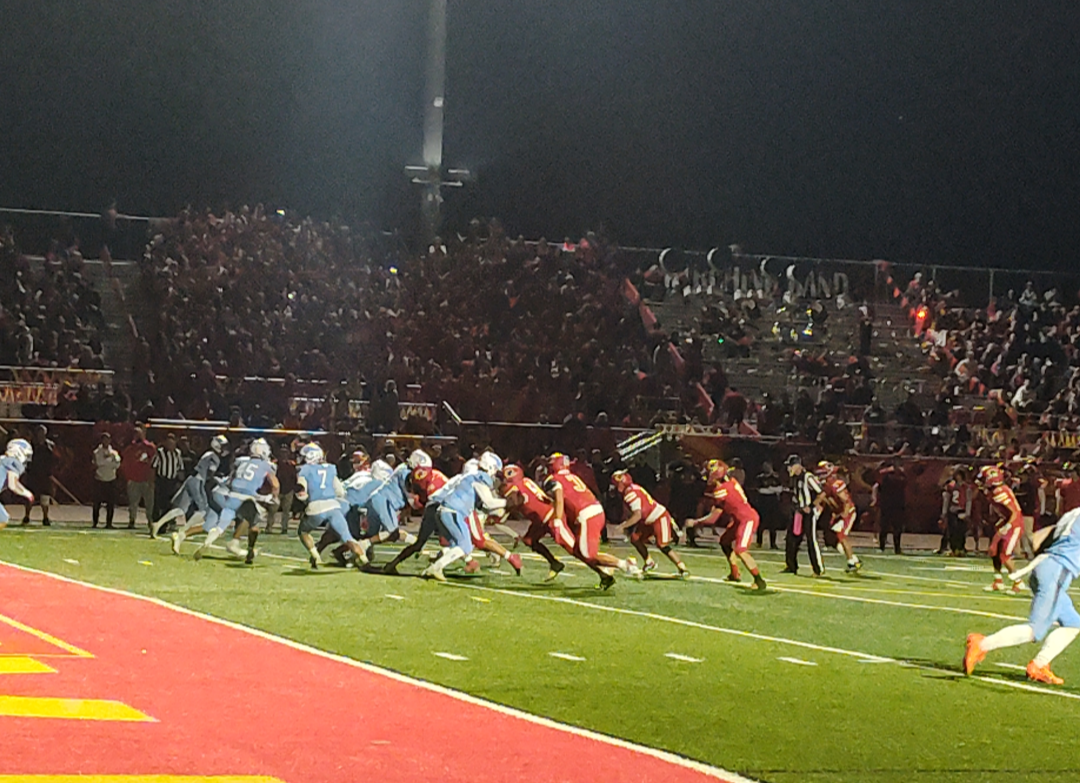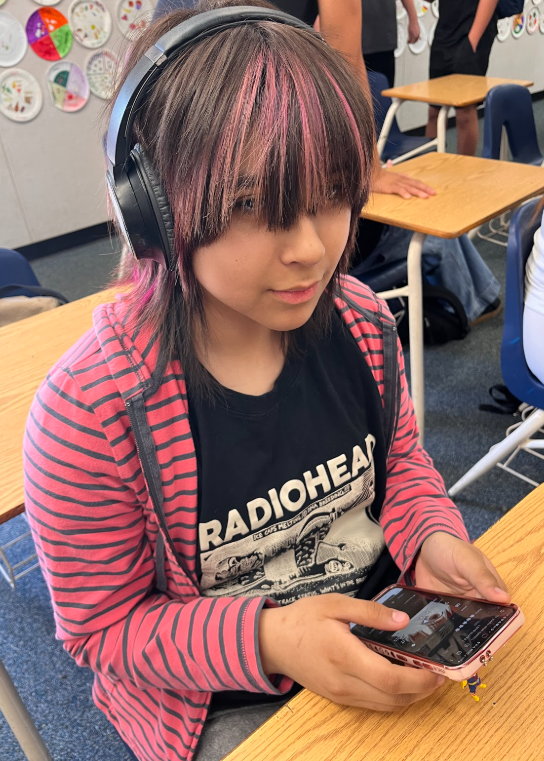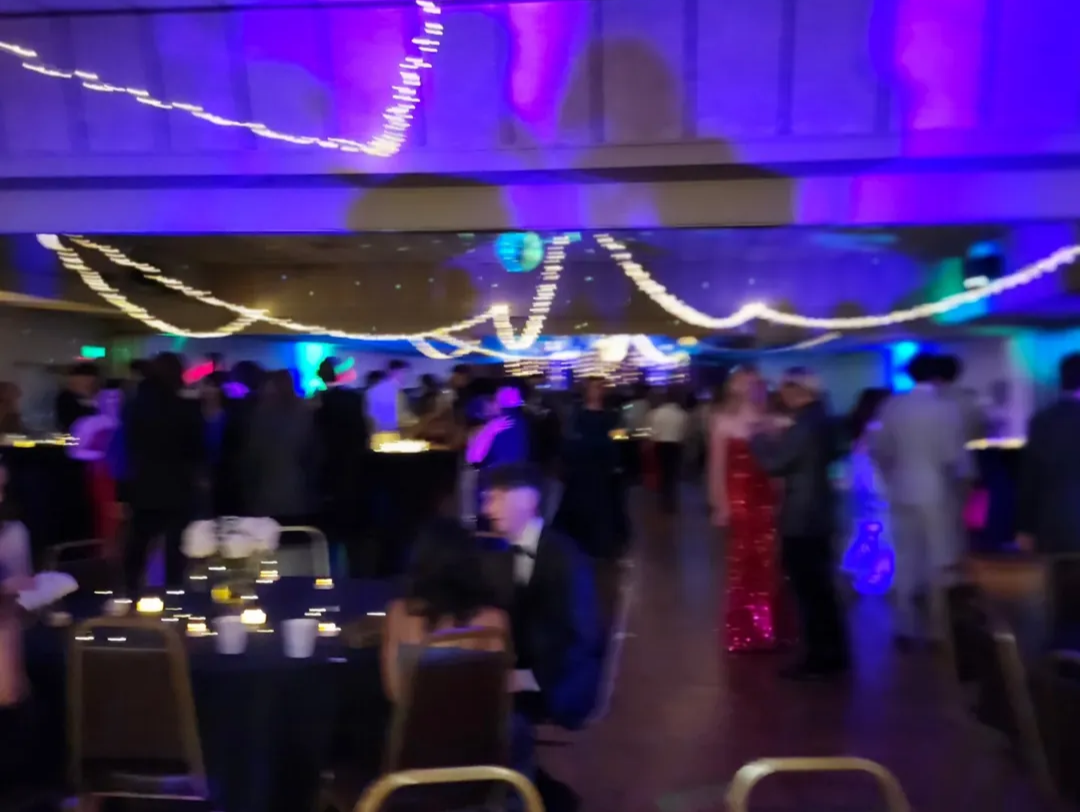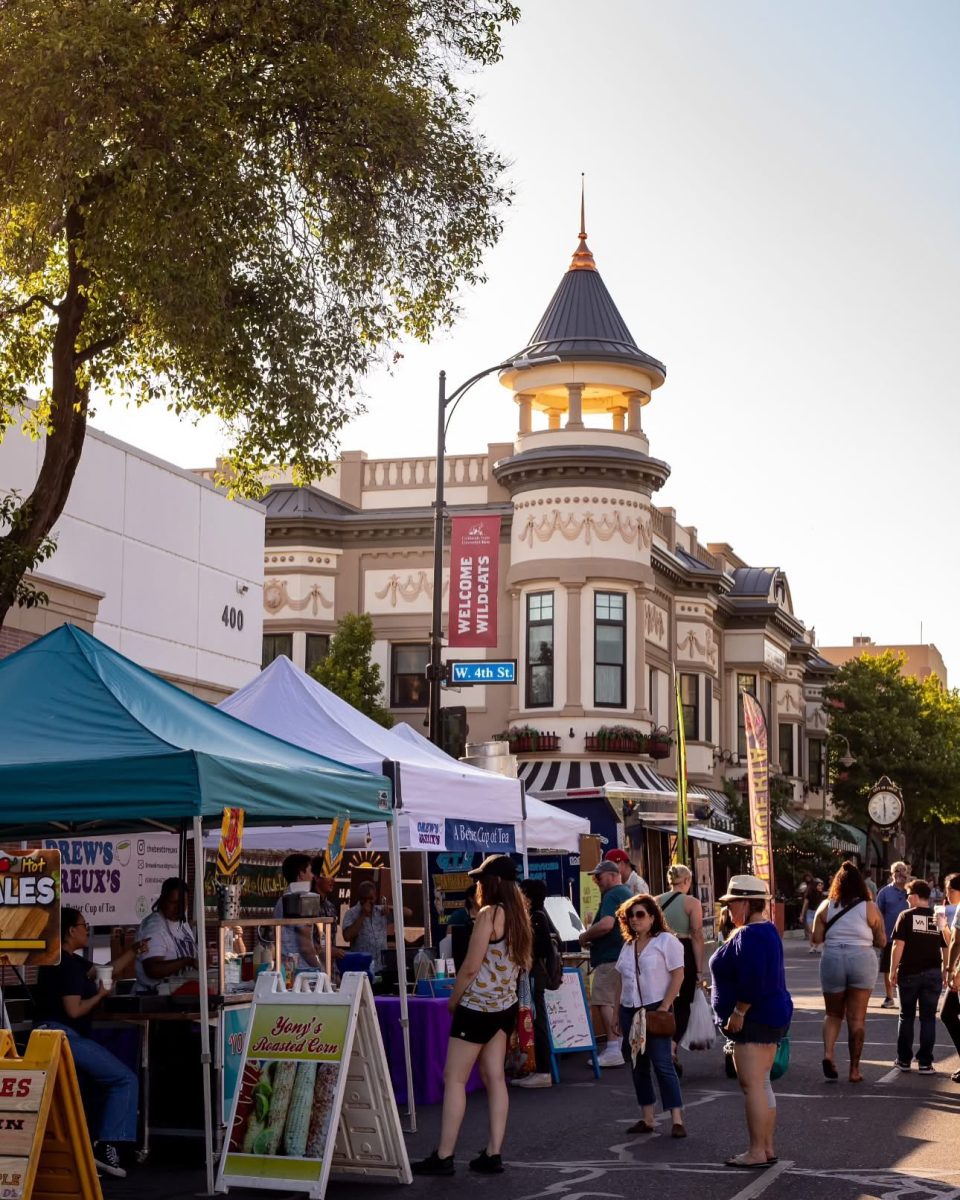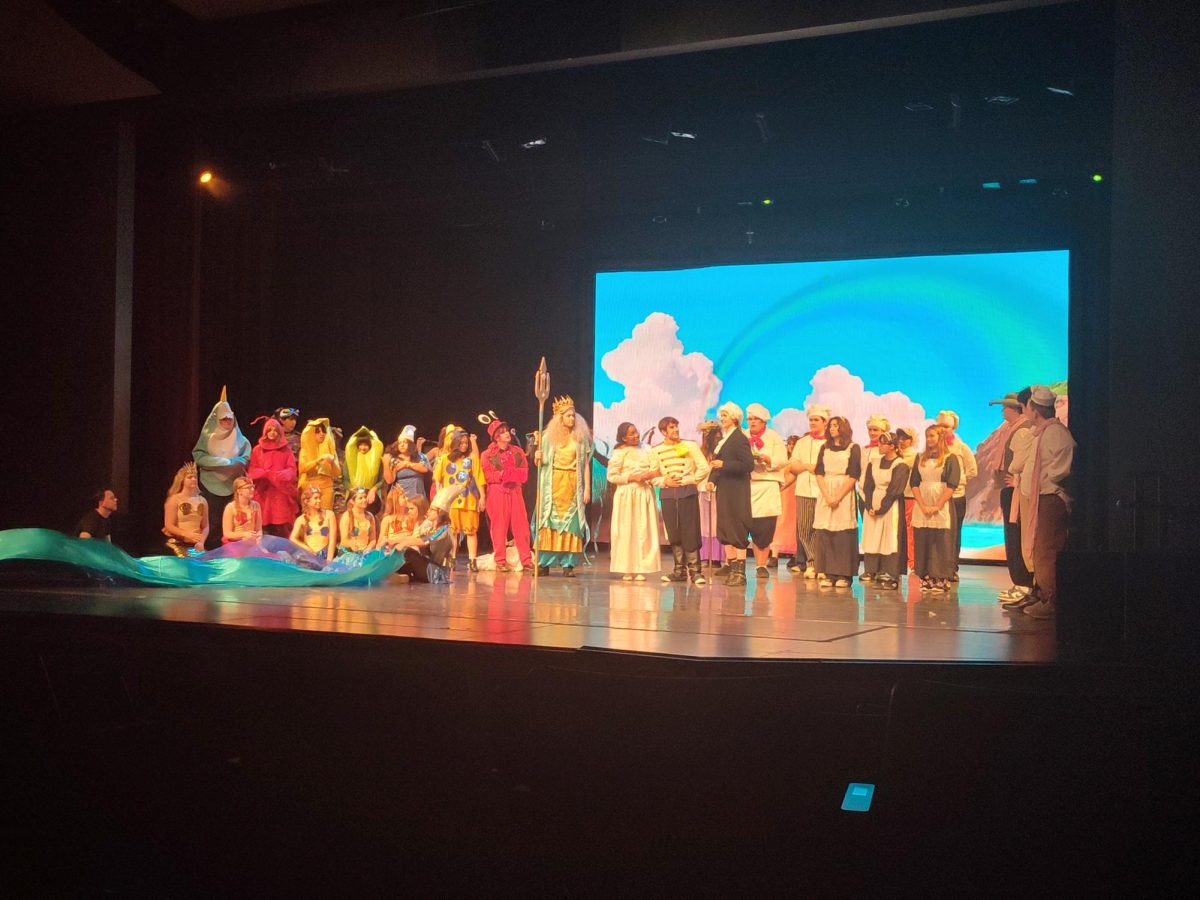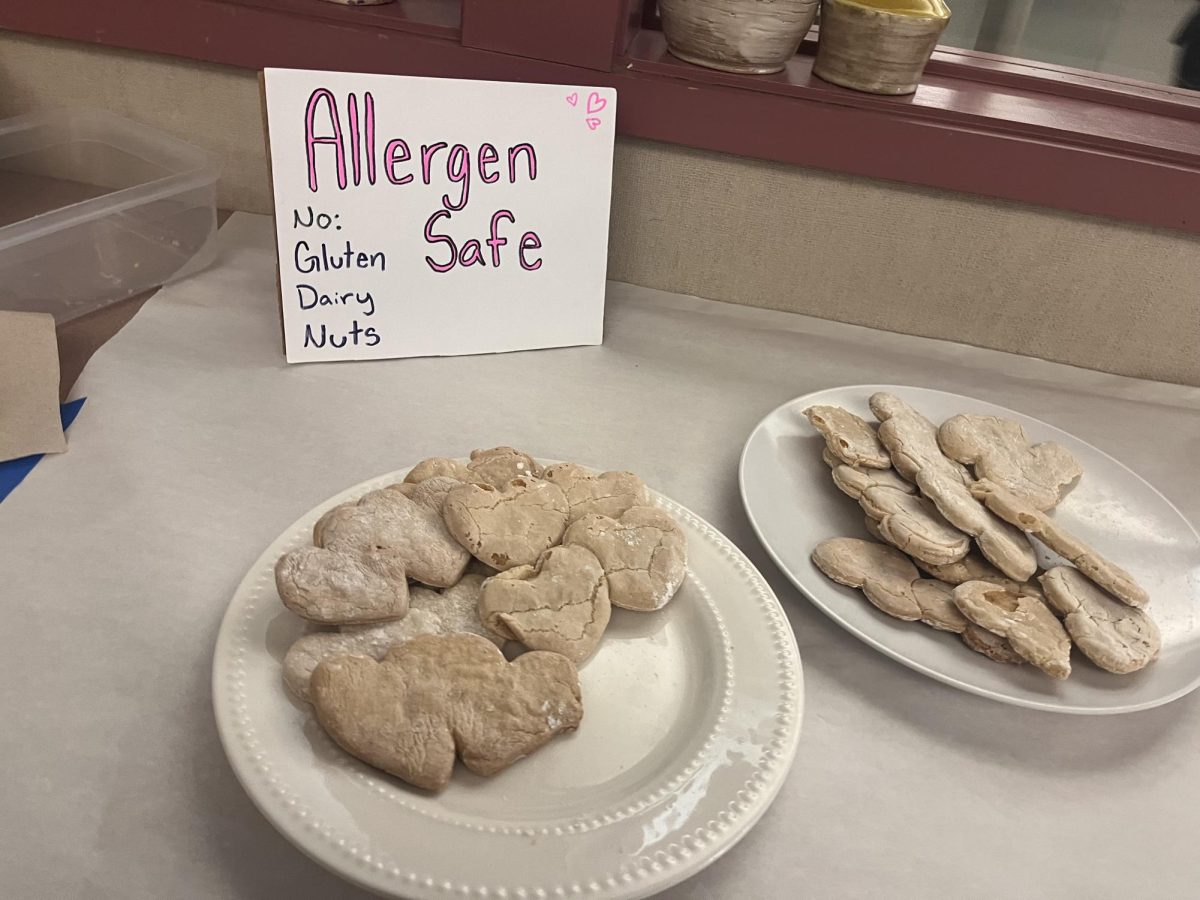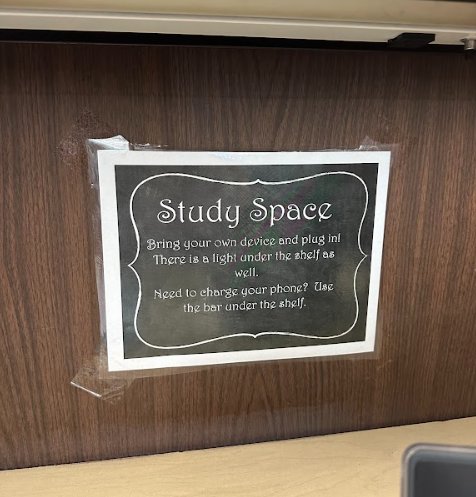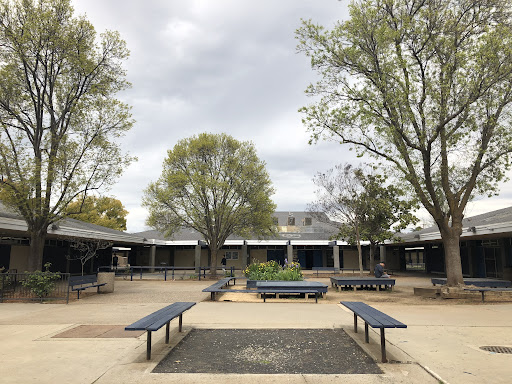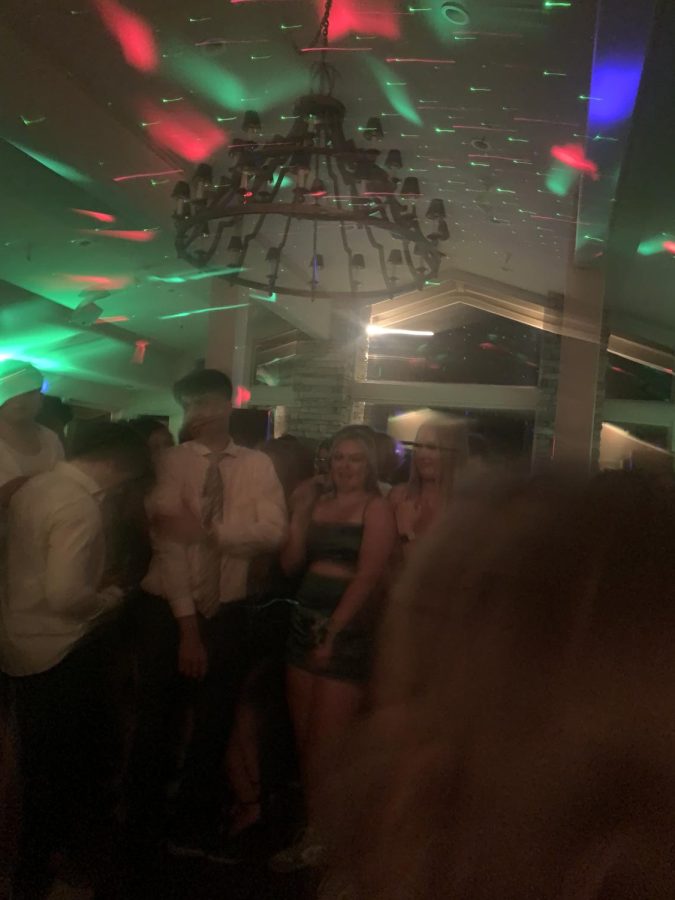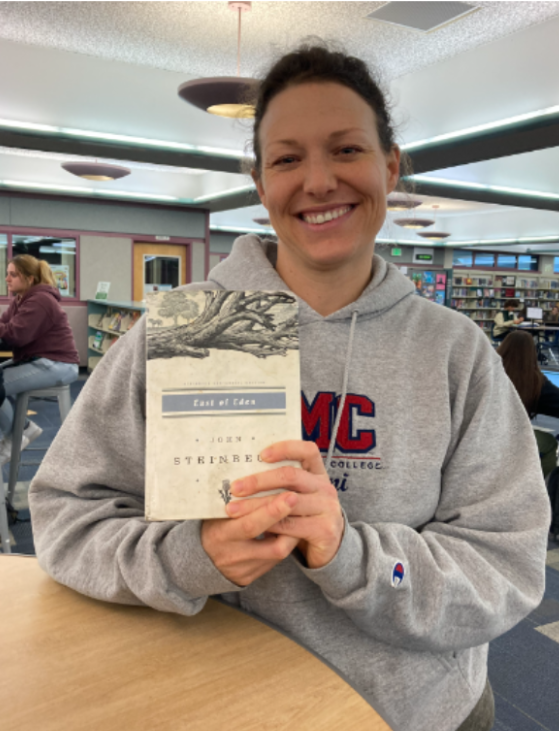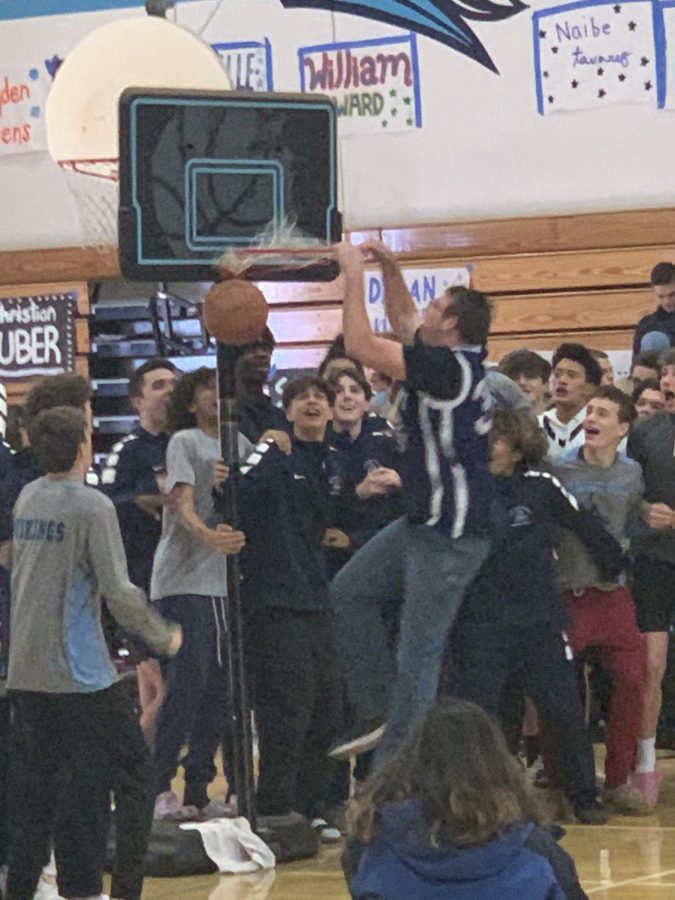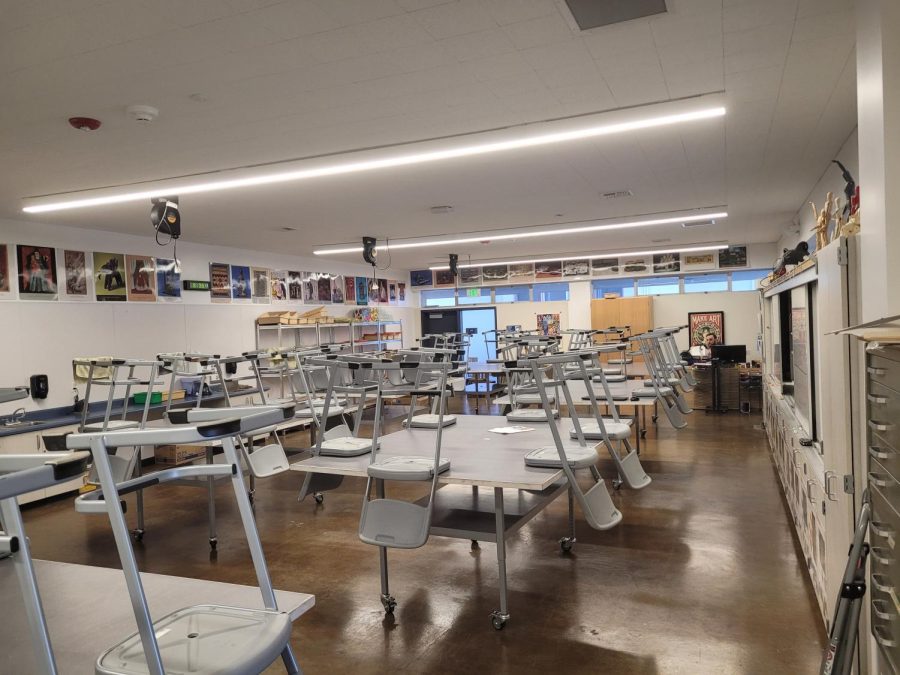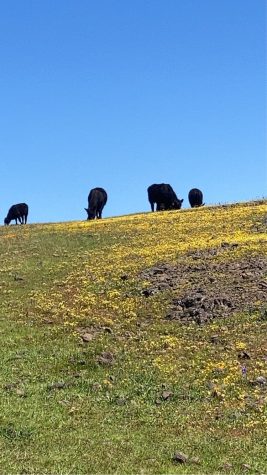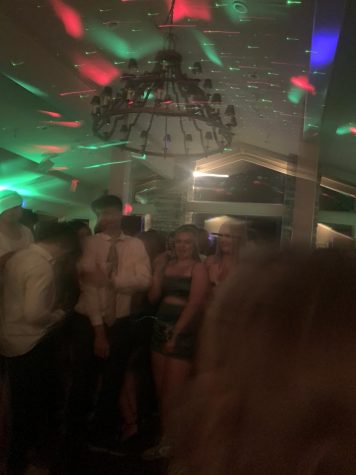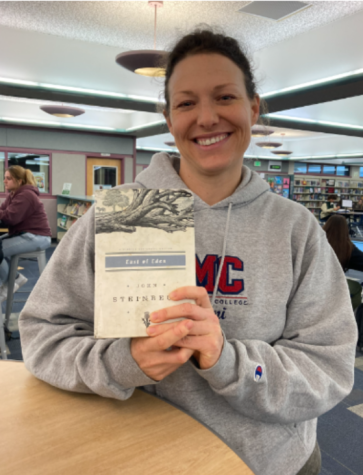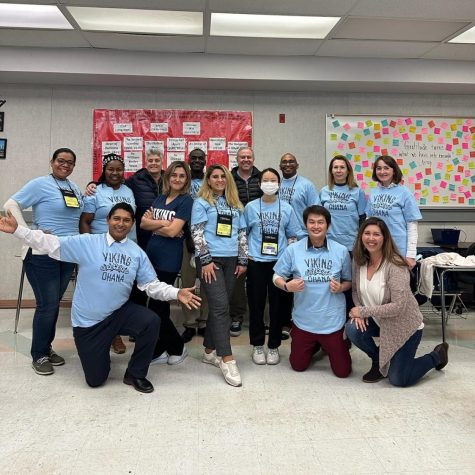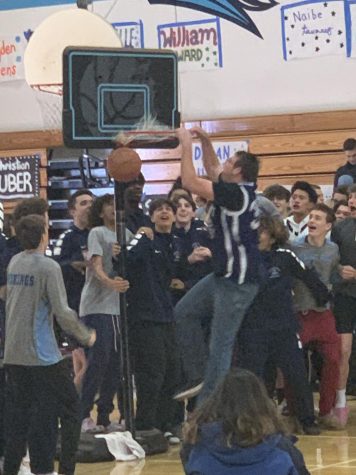Approved Grants Bring New Renovations to PVHS
New D building classroom.
Within the last 6 years, Pleasant Valley High School has undergone several construction projects which have created an improved athletic and academic environment for both the students of the school and the community. Starting in 2016, when Asgard Yard was built a new football and track and field stadium, complete with lights and bleachers to hold approximately 4,000 spectators, the PV campus has only received more and more improvements. Earlier this year, for instance, the baseball team received a new scoreboard. The H building was made from the former administrative building, and the old cafeteria became the new office and counseling office. However, over the past year, the Career and Technical Education (CTE) pathway electives have been some of the most recent major projects to be undergone, and the last of them is set to be completed soon.
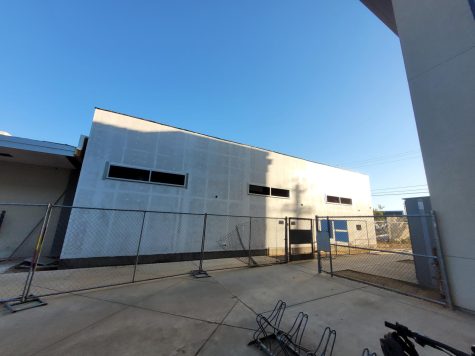
Towards the end of the 2019-2020 school year, PVHS received approval for a grant to start construction on a new cafeteria, two culinary pathway classrooms and kitchens, and a restaurant for the culinary students to serve out of. Priscilla Burns, a Culinary 1 and 2 teacher, states, “It’s better than we even anticipated, in terms of function and use. There is a lot of new equipment that we had to do training plans for, but the students are loving it, I’m loving it, it’s great stuff.” This project is particularly unique because of how much thought was put into making the kitchens and labs as close to real-world
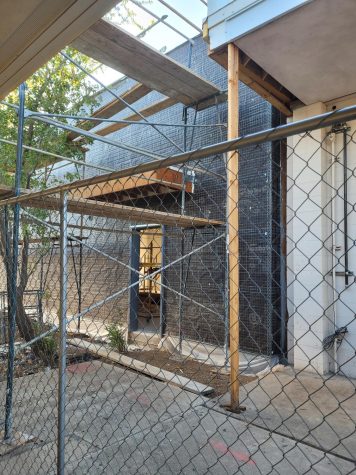
scenarios as possible. Burns says, “It’s amazing training because, the restaurants in Chico, we sat down together when we were designing this facility, and we designed it with equipment like students would be working on in restaurants here in town.”
To train students, Burns has been planning to put the advanced culinary students into running their own restaurant. The restaurant is not open yet to student use, but Burns says her students have been serving people. She says, “We’ve been serving some staff. Right now, we can’t compete with food service for student business, but we’ve been learning how to use the equipment and serve lunches to staff and parents, we’ve had some parent groups in. We plan to operate a student enterprise for profit for our FCCLA group. The restaurant’s name is Fire and Fork, and we’ll operate under Fire and Fork.”
The next of the CTE renovations was the D building, which is where many of the art classes at PV are taught. Cindy Hopkins, who is teaching ceramics and graphic design this year, shares, “Finally this year I feel like we are actually fully moved in, and of course we still have things that we want to do and adjust, but my thoughts are that we went from the Dark Ages to the 21st century finally. It’s very functional, and it facilitates a lot of the interaction between myself and the other three teachers, and it’s just wonderful. It’s a really great space, it was fun to be part of the design process, and to see our ideas come to fruition.”
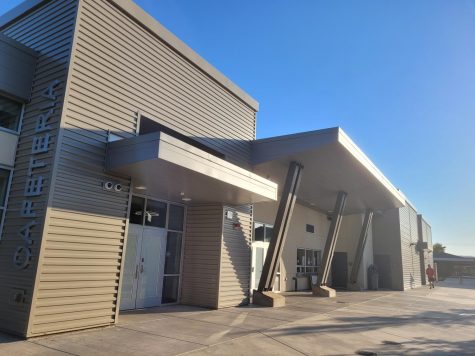
For renovations and construction projects this large, however, a lot of money is required. As far as the budget and cost of the Culinary building, Burns recalls, “Our side, not the cafeteria side, we wrote a grant and received a little over 2 million dollars for that grant, and then the district came in with more money, so…with the equipment included…I think it’s around 7.6 million.” For Hopkins, since they were renovating an existing building, the cost was less, although it was still a lot of money for them to use, and get exactly what they wanted for their students. Hopkins shares, “The grant that we received was three million dollars, so we wrote a grant with the state, it was a CTE facilities grant, and we were granted 1.5 million dollars from the state, and part of that grant is that the district has to be able to match, so they are able to match that 1.5 million, which brought the total to 3 million.”
The last of the building projects at the high school in the new welding, architecture, and engineering building. The current welding building is being renovated, and there will be an additional building constructed next to it, which will be the future home of architecture and engineering classes. This addition to the welding building will be 3,900 feet. The new classrooms will be behind the welding building, next to the Yale (Y) building. Hopefully, this project will be finished by December, and the classrooms can start being outfitted with supplies and the required machines and technology so students can begin utilizing the rooms next semester.
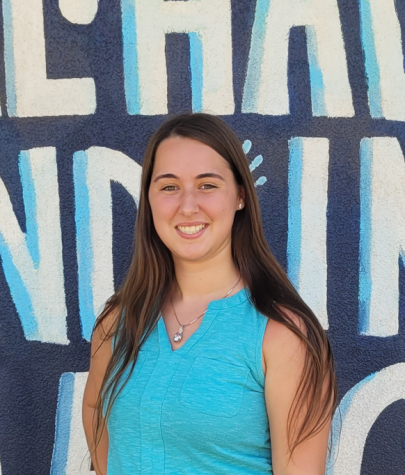
Makenna Wines (Class of 2023) is a senior, and this is her second year on The Saga. Last year, Makenna was the web designer for the club, and she really...


